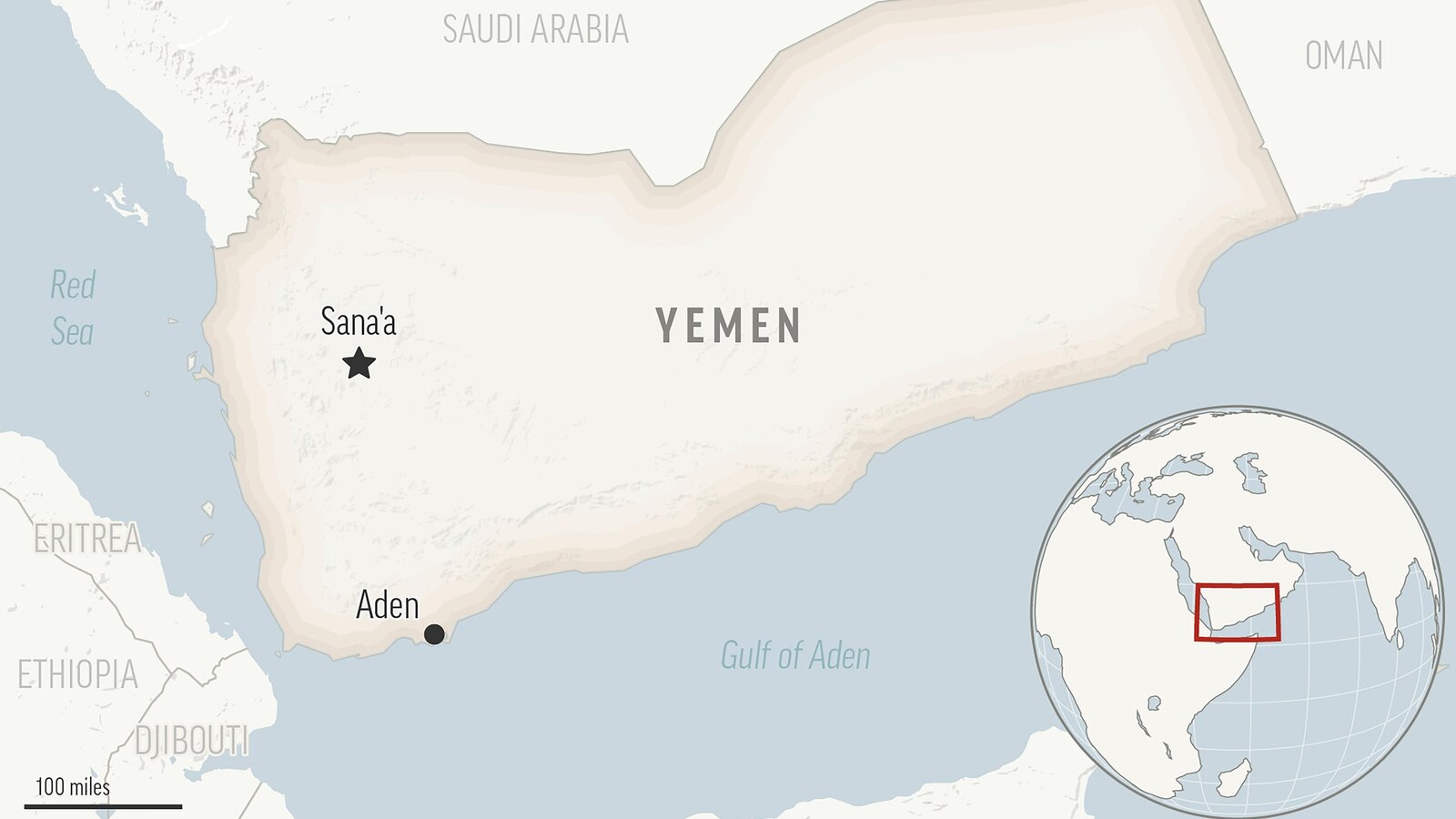
BEIJING — Landslides and flooding have killed more than 150 people around China in the past two months as torrential rainstorms batter the region.
In the latest disaster, a flood and mudslide in a mountainous Tibetan area in Sichuan province on Saturday left eight people dead with 19 others still unaccounted for, state media said.
The early morning disaster destroyed homes and killed at least six people in the village of Ridi, the official Xinhua News Agency said. Two more people died and eight are missing there after a bridge between two tunnels collapsed and four vehicles plummeted.
China is in the middle of its peak flood season, which runs from mid-July to mid-August, and Chinese policymakers have repeatedly warned that the government needs to step up disaster preparations as severe weather becomes more common.
An annual government report on climate said last month that historical data shows the frequency of both extreme precipitation and heat has risen in China, according to state broadcaster CCTV.
A heat warning was in effect Monday in parts of eastern China, where temperatures were expected to top 40 degrees Celsius (104 Fahrenheit) in several cities including Nanjing, and 37 C (98 F) in nearby Shanghai on the coast.
There have been a series of deadly rainstorms since June.
Days of intense rain from the aftermath of Typhoon Gaemi, which weakened to a tropical storm after making landfall in China about 10 days ago, killed at least 48 people in Hunan province and left 35 others missing last week.
Authorities said Friday that the death toll from an earlier storm in July that knocked out a section of a bridge in Shaanxi province in the middle of the night had risen to 38 people, with another 24 still missing. At least 25 cars fell into a raging river that washed some of them far downstream.
In mid-June, at least 47 died from flooding and mudslides after extremely heavy rain in Guangzhou province. Six more people died in neighboring Fujian province.
Intense rains have also taken hundreds of lives elsewhere in Asia this summer, including devastating landslides that killed more than 200 people in south India last week.
The remnants of Typhoon Gaemi also drenched northeastern China and North Korea, overflowing the Yalu River that divides them and inundating cities, towns and farmland.
In the past two months, China has been hit hard by torrential rains, resulting in devastating floods that have claimed the lives of over 150 people. The heavy rainfall has caused widespread destruction, with homes destroyed, roads washed away, and entire communities left underwater.
The worst-hit areas have been in central and southern China, where the rains have been particularly intense. In some places, the rainfall has been so heavy that it has overwhelmed drainage systems and caused rivers to burst their banks, leading to severe flooding.
The Chinese government has been working tirelessly to respond to the crisis, deploying rescue teams and providing aid to those affected. However, the scale of the disaster has been overwhelming, with thousands of people forced to evacuate their homes and seek shelter in temporary accommodation.
The impact of the floods has been felt not just in terms of loss of life, but also in terms of economic damage. Crops have been destroyed, infrastructure has been damaged, and businesses have been forced to close. The long-term effects of the floods are likely to be felt for months, if not years, to come.
Climate change is believed to be a major factor in the extreme weather events that have been seen in China in recent years. Rising global temperatures are leading to more frequent and more intense rainfall, increasing the risk of flooding in many parts of the world.
As China continues to grapple with the aftermath of these devastating floods, it is clear that urgent action is needed to address the root causes of climate change and to better prepare for extreme weather events in the future. The loss of over 150 lives is a tragic reminder of the importance of taking action to protect our planet and its people from the impacts of climate change.


